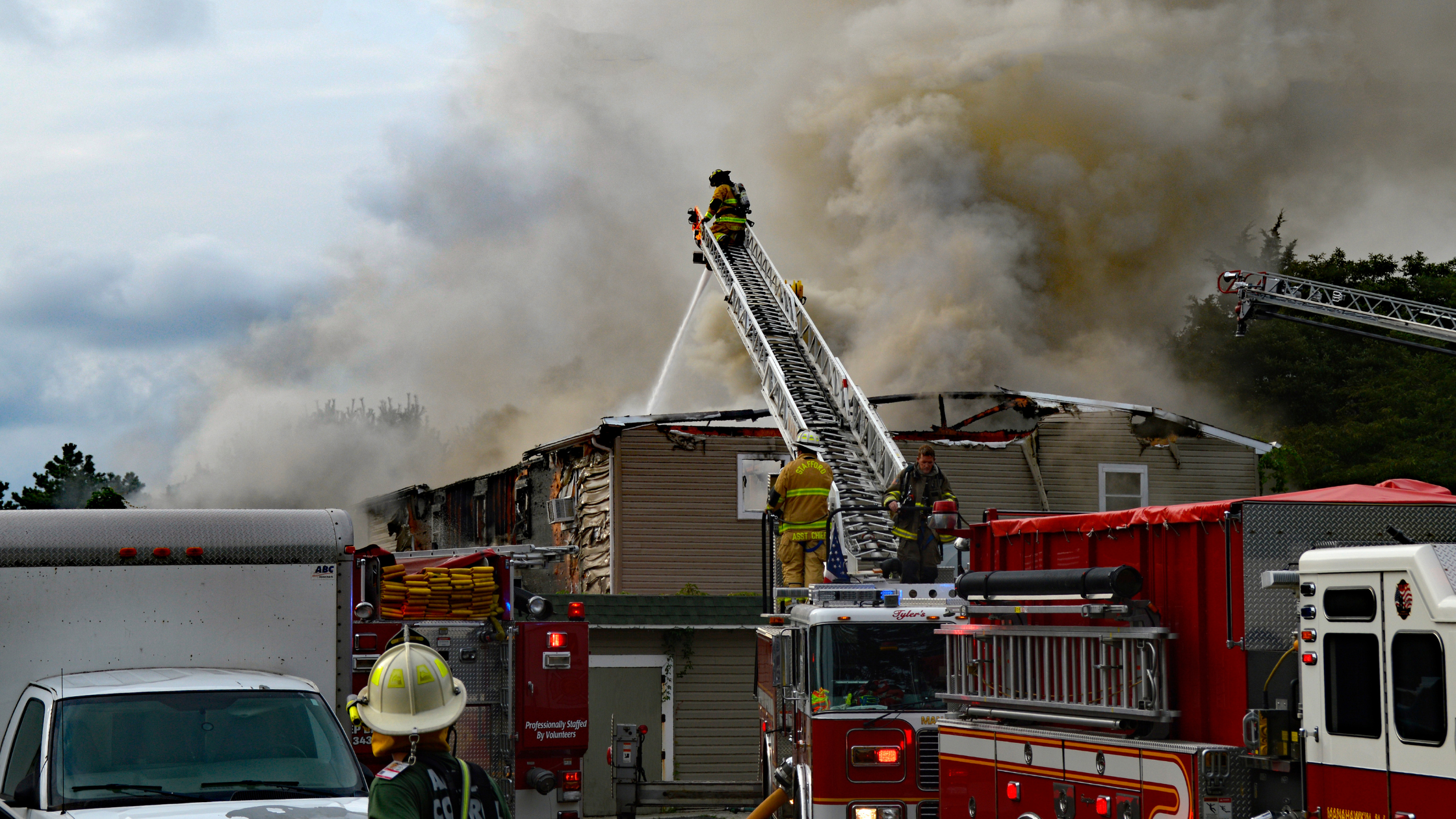
Fire Prevention 101: How Fire Detection and Prevention Systems Work
Fires are one of the most unpredictable and dangerous threats that any building can face. Whether it’s a home, office, hotel, or factory, fires can cause irreparable damage in a matter of minutes. But here’s the good news: fire detection and prevention systems are designed to act swiftly, minimizing damage, protecting lives, and making sure people have enough time to escape safely.
Understanding how these systems work is key to appreciating their importance in any building. Let’s take a deeper dive into the magic behind these systems and how they help in saving lives and property.
1. Detection: The First Line of Defense
The first thing fire detection systems do is spot a fire before it becomes uncontrollable. Fire detection systems are equipped with sensors that continuously monitor the environment. When one of these sensors picks up something unusual, whether it’s smoke, heat, or gas, it sends a signal to the control panel, triggering an alert. There are various types of detectors that work based on different principles, ensuring that the system can respond quickly to any threat:
- Smoke Detectors: These are the most common fire detection devices. They work by sensing smoke particles in the air. When smoke enters the sensor, it triggers the alarm.
- Heat Detectors: These are usually used in environments where smoke detectors might be prone to false alarms (like kitchens). Heat detectors sense when the temperature in the room exceeds a certain threshold, indicating a fire.
- Gas Detectors: These sensors detect the presence of harmful gases (like carbon monoxide), which may result from a fire. This is especially useful in confined spaces or industrial settings.
2. Prevention: Keeping the Fire in Check
Once a fire is detected, it’s time to stop it from spreading. Fire prevention systems are automated mechanisms designed to fight the fire and keep it under control until the fire department arrives. These include:
- Sprinkler Systems: One of the most effective ways to contain a fire, sprinklers are activated when heat is detected. They spray water over the affected area, dousing the flames and preventing the fire from spreading further.
- Fire Suppression Systems: For areas that contain sensitive equipment (like data centers or laboratories), traditional water-based sprinklers might not be the best option. This is where fire suppression systems come in. These systems release a specialized gas (like FM-200 or CO2) that suppresses the fire without damaging the equipment.
- Fire Extinguishers: Handheld fire extinguishers are essential for tackling small fires in their early stages. These are placed in strategic locations around the building and should be easily accessible in case of an emergency.
3. Evacuation: Helping People Get Out Safely
Fire detection and prevention systems are not just about putting out the flames. They also play a crucial role in making sure people can escape safely. This is where emergency evacuation systems come in. These systems include:
- Emergency Exit Lights: These are illuminated signs or lights that guide people to the nearest exits during an emergency.
- Alarm Systems: Once a fire is detected, the fire alarm will go off, alerting everyone in the building.
- Smoke Control Systems: In larger buildings, smoke can spread quickly, making evacuation difficult. Smoke control systems, including smoke vents and fans, help push smoke out of the building, creating clearer paths for evacuees.
4. Integration: How All Systems Work Together
The true power of fire detection and prevention systems lies in their ability to work together seamlessly. The integration of fire detection, suppression, and evacuation systems creates a comprehensive solution that ensures safety at every stage of the emergency.
For example, when smoke is detected, the alarm is triggered, which activates the sprinklers in the affected area. Simultaneously, emergency exit lights turn on, guiding people to safety. If the fire is in a sensitive area, the suppression system can kick in to protect valuable equipment. The interconnectedness of these systems is controlled by a central fire alarm panel, which monitors and coordinates all responses. This smart system ensures that all parts of the fire protection system work in harmony to mitigate the risk and impact of a fire.
Fire detection and prevention systems are designed to protect lives, minimize damage, and provide peace of mind. From detecting the earliest signs of fire to extinguishing it and ensuring people can escape safely, these systems play a vital role in every building. Whether you’re in an office, a home, or a high-rise building, you can’t afford to overlook fire safety.
At PPC Limited, we specialize in designing, installing, and maintaining fire protection systems that keep your building safe. With the right fire detection and prevention system in place, you’re not just meeting regulations, you’re protecting lives and safeguarding property.
To learn more about our building services, click here.